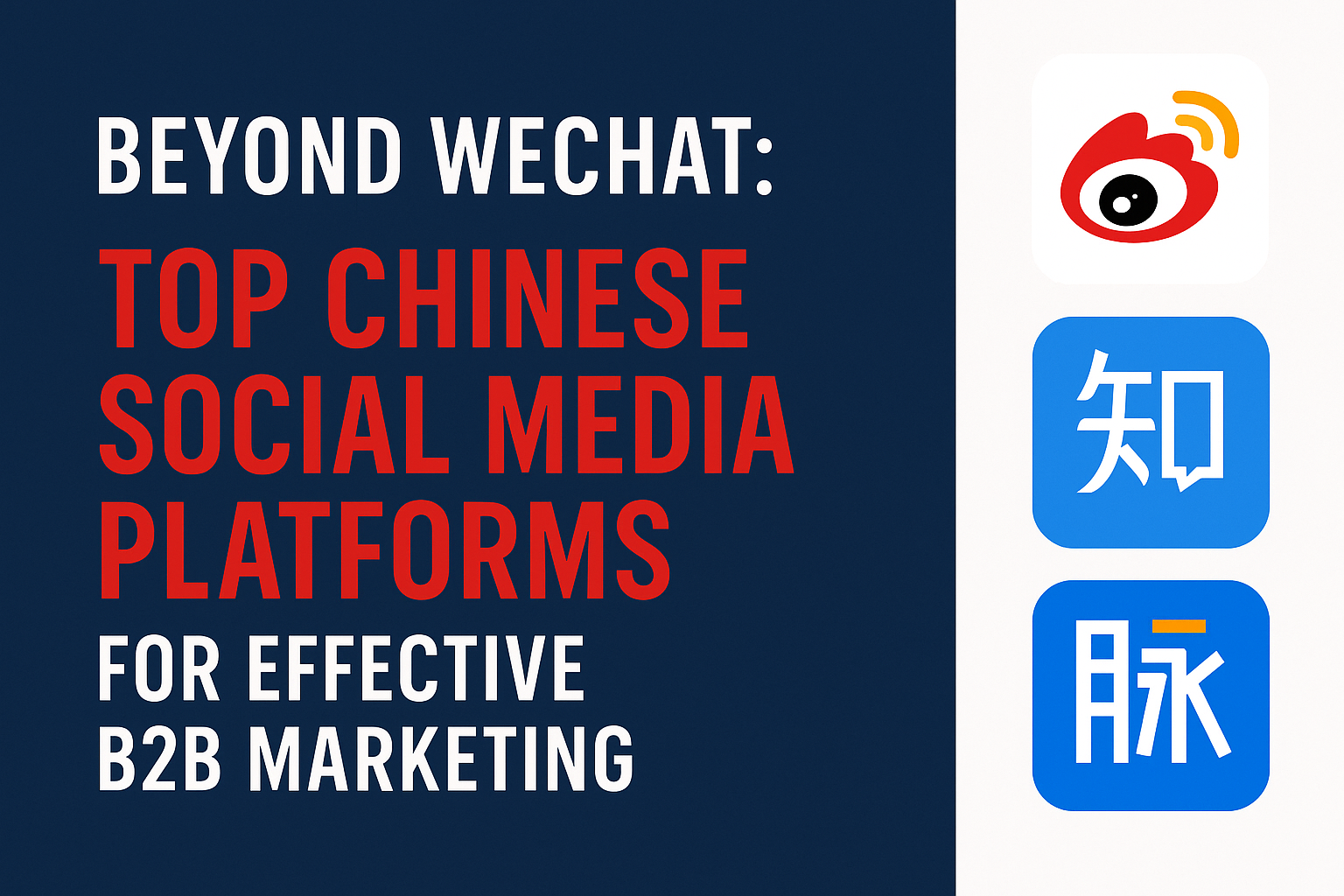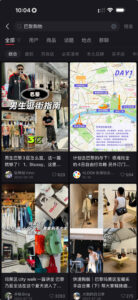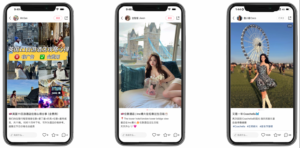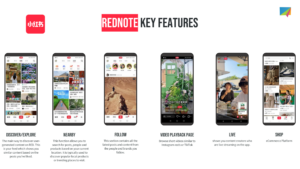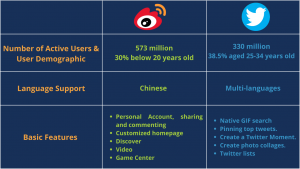RedNote (Xiaohongshu) has become a crucial platform for lifestyle-focused social commerce in China. With a strong base of Gen Z and millennial users, RedNote offers foreign brands a powerful entry point—if content is executed well.
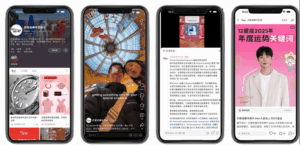
Here are 9 proven strategies that help brands stand out, gain traction, and convert consumers on RedNote.
1. Choosing the Right Visual Elements
High-quality visuals are essential to gain attention on RedNote, especially on a platform rooted in shopping discovery. Authentic product photos—especially those that look like they’re taken by users—outperform overly commercial images.
Your cover image heavily influences click-through rates, and user-generated-style visuals tend to generate better engagement and higher conversions.
2. Localize Your Content
Translation alone won’t help your brand stand out. With over 56% of brands on RedNote being local, cultural alignment is key.
Foreign brands need to adapt messaging and visuals to Chinese tastes, participate in local events, and ensure language is in simplified Chinese with relevant slang and expressions. Professional translation is highly recommended over free tools.
3. Implement a Solid Influencer Marketing Strategy
Influencers remain central to social commerce in China. However, the shift is moving toward KOCs (Key Opinion Consumers) and Micro-KOLs, who offer more authentic and relatable content.
Use platforms like:
- Pugongying – RedNote’s official KOL marketplace
- Qiangua – A third-party tool offering in-depth analytics and price estimates
These tools help identify the right influencer partnerships based on engagement, niche, and audience fit.
4. Launch a Brand Promotion Through Ads
While organic content drives trust, paid content helps reach niche audiences. RedNote offers formats such as:
- Paid KOL collaborations
- In-feed/native ads
- Search ads (placing your brand in top search results for relevant keywords)
Combining organic and paid tactics is essential for visibility and conversion.
5. Optimize for RedNote’s Social Search Function
RedNote users now skip traditional search engines and look directly within the app for product recommendations.
To appear in these results, your content must be keyword-optimized—using trending search terms in titles, captions, and hashtags. Conduct research on term popularity and search volume within your niche.
6. Long vs. Short Content
Brand accounts generally perform better with longer, keyword-rich content (about 500 characters), while individual influencers might gain engagement with just emojis.
Use a blend of rich descriptions and emojis for better readability and stronger reach through RedNote’s search algorithm.
7. Generate Traffic Through Lucky Draws
RedNote offers a built-in feature for lucky draws, where users follow, like, or bookmark to enter.
These campaigns attract initial attention—even from freebie seekers—but can go viral and lead to brand discovery by more qualified leads. Sephora is one success case, generating 1,000+ engagements with a lucky draw.
8. Utilize RedNote’s Live-streaming Features
Live commerce is rising fast on RedNote. Though platforms like Taobao and Douyin lead the category, RedNote is gaining momentum, particularly in beauty, food, and maternal product categories.
During the Spring Festival, the platform hit 198M RMB in sales via livestreams, with users valuing both interactivity and authenticity in real-time product showcases.
9. Participate in E-Commerce Shopping Festivals
Leverage China’s e-commerce calendar—especially events like:
- Lunar New Year
- National Day
- Women’s Day (key on RedNote due to its largely female base)
- RED Friday – RedNote’s version of Black Friday, from late November through early December
Participation in these events can significantly boost visibility and sales when paired with strategic promotions.
Final Takeaway
RedNote is more than a content-sharing platform—it’s a full social commerce ecosystem. For foreign brands, understanding and leveraging these 9 strategies is critical to building relevance and success in China’s competitive digital space.
Want to localize your RedNote strategy with confidence? Contact us today to build a plan that drives content, community, and commerce.



